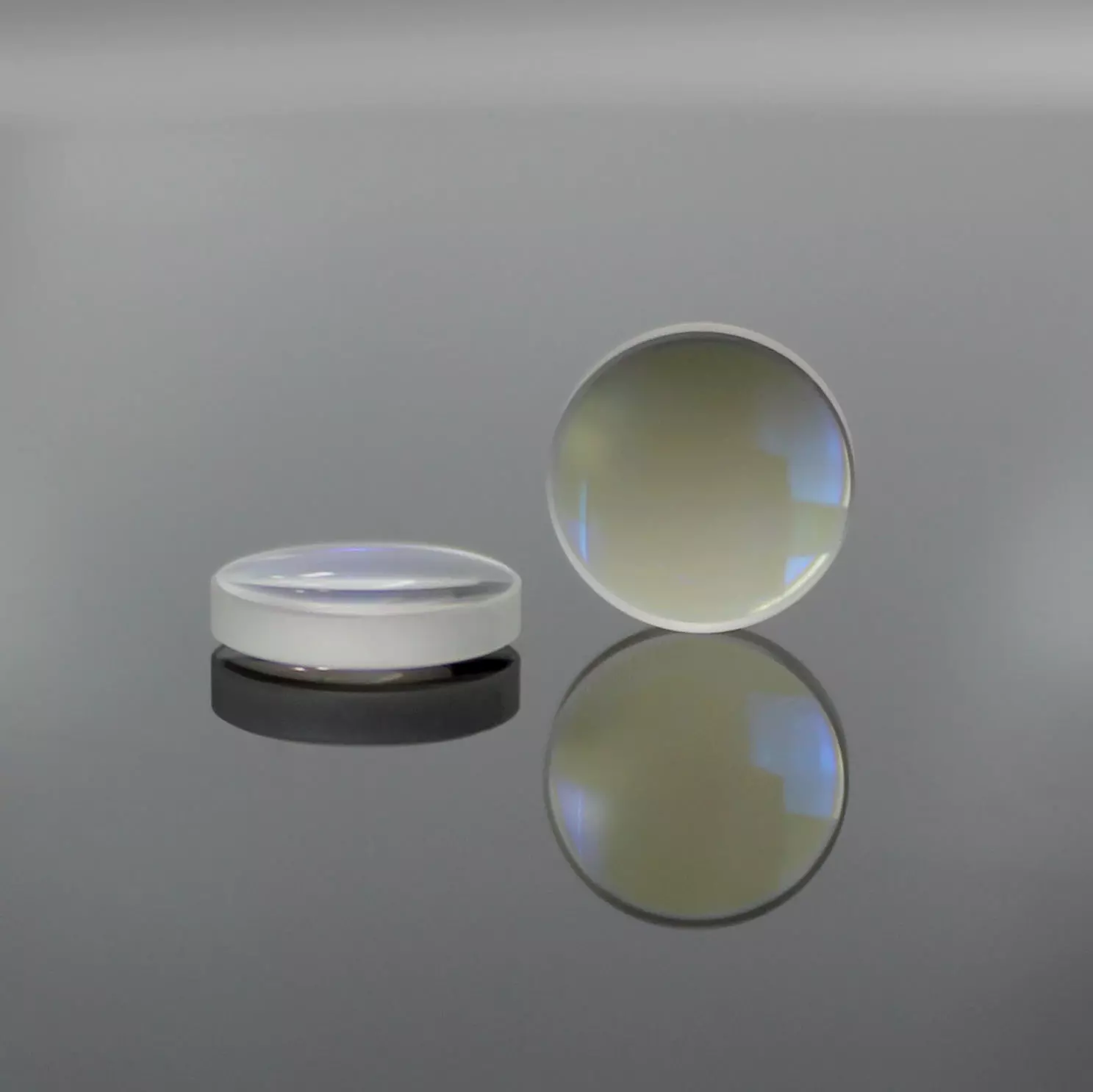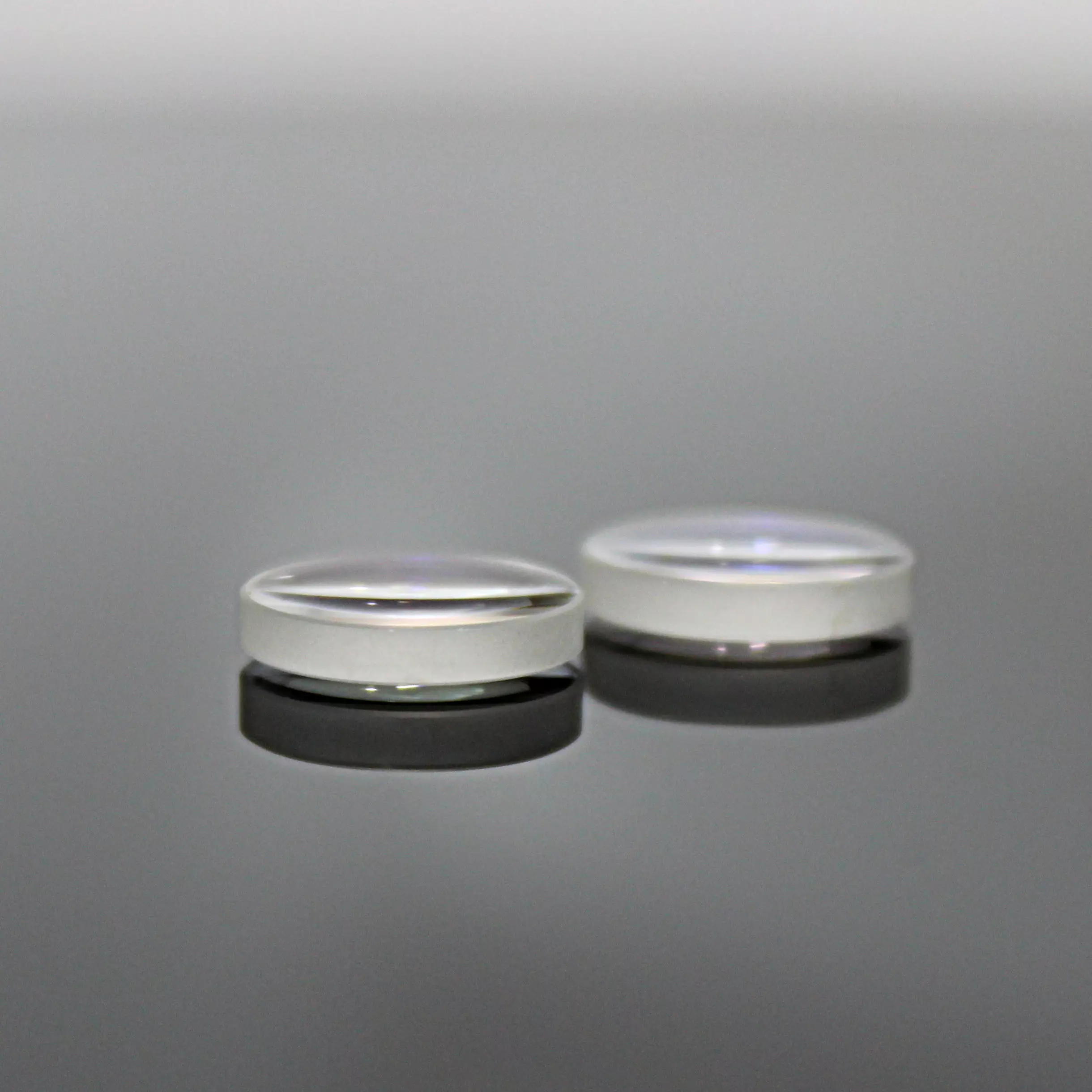OEM Spherical Double Convex Optical Lens Bi-Convex Spherical Lens with AR Coating
Dimension: 1-150mm
Surface Accuracy: 60/40 or better
Size Tolerance: +/- 0.1mm
Coating: Optional
Double convex lens has equal radii on both surfaces, with focal points on either side of the lens, requiring a point of twice the focal length to position objects and images.Typically used in focusing applications, it is the best choice when the object and image are at equal or close distances from the lens. These lenses have a precise convex surface on both ends.
What is a double convex spherical lens?
Bi-Convex (Double-Convex) lenses have the same radius of curvature on both sides of the lens and function similarly to plano-convex lenses by focusing parallel rays of light to a single point. … Bi-Convex lenses are the best choice when the object and image are at equal or near equal distance from the lens.
How double convex lens work?
A double convex lens, or converging lens, focuses the diverging, or blurred, light rays from a distant object by refracting (bending) the rays twice. This double bending causes the rays to converge at a focal point behind the lens so that a sharper image can be seen or photographed.

What is application of double convex lens?
Double-Convex Lenses are used in image relay applications, or for imaging objects at close conjugates. Double-Convex Lenses have positive focal lengths, along with two convex surfaces with equal radii.
Glass biconvex spherical lens

People also ask
- What is difference between convex lens and double convex lens?
A plane convex lens is plane on one side and convex on the other side; while the biconvex or double convex lens is curved in convex manner on both sides of the glass, as used in magnifying glass. - Can you use a double convex lens in a telescope?
Most simple telescopes have two convex lenses. The objective forms a case 1 image that is the object for the eyepiece. The eyepiece forms a case 2 final image that is magnified. - How does light travel through a double convex lens?
Second generalization for the refraction of light by a double convex lens can be added to the first generalization.
Any incident ray traveling parallel to the principal axis of a converging lens will refract through the lens and travel through the focal point on the opposite side of the lens.
Our Ordering Process
Send us your request with detailed specifications
Receive a commercial offer with terms and costs
After your approval, we handle manufacturing, quality control, and shipping
📦 Shipping
3-5 days in EU, from 10 days to USA
💳 Payment methods
Cash, Bank Transfer, Cards (Visa, Mastercard, Amex, Discover) and PayPal
💬 Questions?
Contact us via WhatsApp, phone, live chat or email





